
The Church of Sweden is an Evangelical Lutheran national church in Sweden. A former state church, headquartered in Uppsala, with 5.9 million members at year end 2018 it is the largest Christian denomination in Sweden.
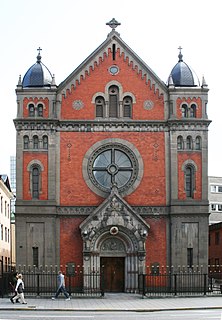
The Catholic Church in Sweden was established by Archbishop Ansgar in Birka in 829, and further developed by the Christianization of Sweden in the 9th century. King Olof Skötkonung is considered the first Christian king of Sweden.

Olaus (Olov) Svebilius was a Swedish priest and professor. He was Bishop of the Diocese of Linköping and Archbishop of Uppsala. His most notable work was Martin Luthers Lilla katekes med Katekesförklaring, a Swedish language translation and explanation of Luther's Small Catechism.
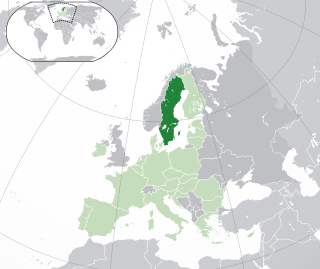
Lesbian, gay, bisexual, transgender (LGBT) rights in Sweden are regarded as some of the most progressive in Europe and in the world. Same-sex sexual activity was legalized in 1944 and the age of consent was equalized to that of heterosexual activity in 1972. Sweden also became the first country in the world to allow transgender persons to change their legal gender post-sex reassignment surgery in 1972 whilst transvestism was declassified as an illness. Transgenderism was declassified as a mental illness in 2017, and legislation allowing legal gender changes without hormone replacement therapy and sex reassignment surgery was passed in 2013.

Religion in Sweden has, over the years, become increasingly diverse. Christianity was the religion of virtually all of the Swedish population from the 12th to the early 20th century, but it has rapidly declined throughout the late 20th and early 21st century.
The Swedish Church Ordinance of 1571 was the first complete Swedish church order following the Swedish Reformation in the 1520s.

Lady Ingeborg Åkesdotter Tott or 'Ingeborg Aagesdotter of the Thott', in her lifetime called Ingeborg Åkesdotter or simply Fru Ingeborg, was a Swedish noble, the consort of the Swedish regent Sten Sture the elder. She was the fiefholder of Häme in Finland. She functioned as the de facto queen consort of Sweden for over three decades and participated in state affairs during the reign of her spouse.
The Protestant Reformation in Sweden is generally regarded as having begun in 1527 during the reign of King Gustav I of Sweden, but the process was slow and not definitely ended until the Uppsala Synod of 1593 and the following War against Sigismund, with an attempt of counter-reformation during the reign of John III (1568–1592).

Dissenter Acts were laws, enacted by the King of Sweden with the consent of the Swedish Parliament, which gave nonconformists who wanted to leave the then established Church of Sweden the right to do so, provided that the dissenters then joined one of the state-approved denominations. The first such edict was decreed in 1860 by Karl XV and the Ståndsriksdag; the second one in 1873 by Oscar II and the reorganized bicameral Riksdag. Neither the Ståndsriksdag, divided into four Estates, nor the newer Riksdag could be said to be truly democratic, though, as the suffrage was restricted to males who owned property. The 1873 edict remained in force until the 1951 Religious Freedom Act (religionsfrihetslag); the Church of Sweden remained the established state church until 2000.

Socken is the name used for a part of a county in Sweden. In Denmark similar areas are known as sogn, in Norway sorn or sokn and in Finland pitäjä/socken. A socken is a country-side area that was formed around a church, typically in the Middle Ages. A socken originally served as a parish. Later it also served as a civil parish or an administrative parish, and became a predecessor to today's municipalities of Sweden, Finland, Norway and Denmark. Today it is a traditional area with frozen borders, in Sweden typically identical to those of the early 20th century country-side parishes. The socken also served as a registration unit for buildings, in Sweden recently replaced by identical districts as registration unit. A socken consists of several villages and industry localities, and is typically named after the main village and the original church.
Andreas Laurenitt Hackzelius was a priest of the Church of Sweden.

The status and rights of Women in Sweden has changed several times throughout the history of Sweden. These changes have been affected by the culture, religion and laws of Sweden, as well as social discourses like the strong feminist movement.
Widow conservation was a practice in Protestant Europe in the early modern age, when the widow of a parish vicar would marry her husband's successor to the vicarage to ensure her economic support. The practice was common in Scandinavia (Änkekonservering/Enkekonservering) and Protestant parts of Germany. It is related to other forms of widow inheritance, including the levirate marriage known in the Old Testament as yibbum.
Karin Olofsdotter Bång, also known as Bång-Karin (1720–1790), was a Swedish spiritual ecstatic leader. She was the leader of an apocalyptic cult together with Mårten Thunberg, vicar of the Lillhärdal parish in Jämtland, a cult known as the Lillhärdalsläsarna or the Svärmeriet i Lillhärdal, which lasted in Jämtland from 1768 until at least 1793.
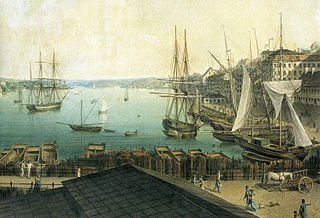
Events from the year 1842 in Sweden
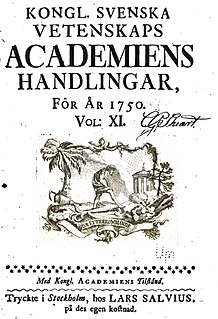
Events from the year 1739 in Sweden
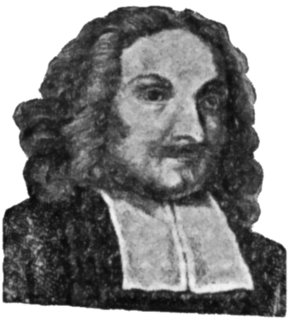
Events from the year 1571 in Sweden
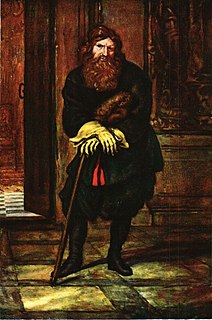
Events from the year 1686 in Sweden
1847 års fattigvårdförordning was a Swedish Poor Law which organized the public poor relief system in Sweden. With some alterations in 1853 and 1871, it established the basis for the poor relief system until the Poor Care Law of 1918 was passed.
The Örebro Synod took place at Candlemas in Örebro in Sweden in 1529. It was the first Synod in Sweden since the introduction of the Protestant Swedish Reformation in 1527, and regarded as the theological completion of the Reformation, following the economic policy of the Reformation introduced at the Reduction of Gustav I of Sweden in 1527. It did not abolish the Catholic rituals, but adopted a policy aimed to make them slowly cease to be performed.













